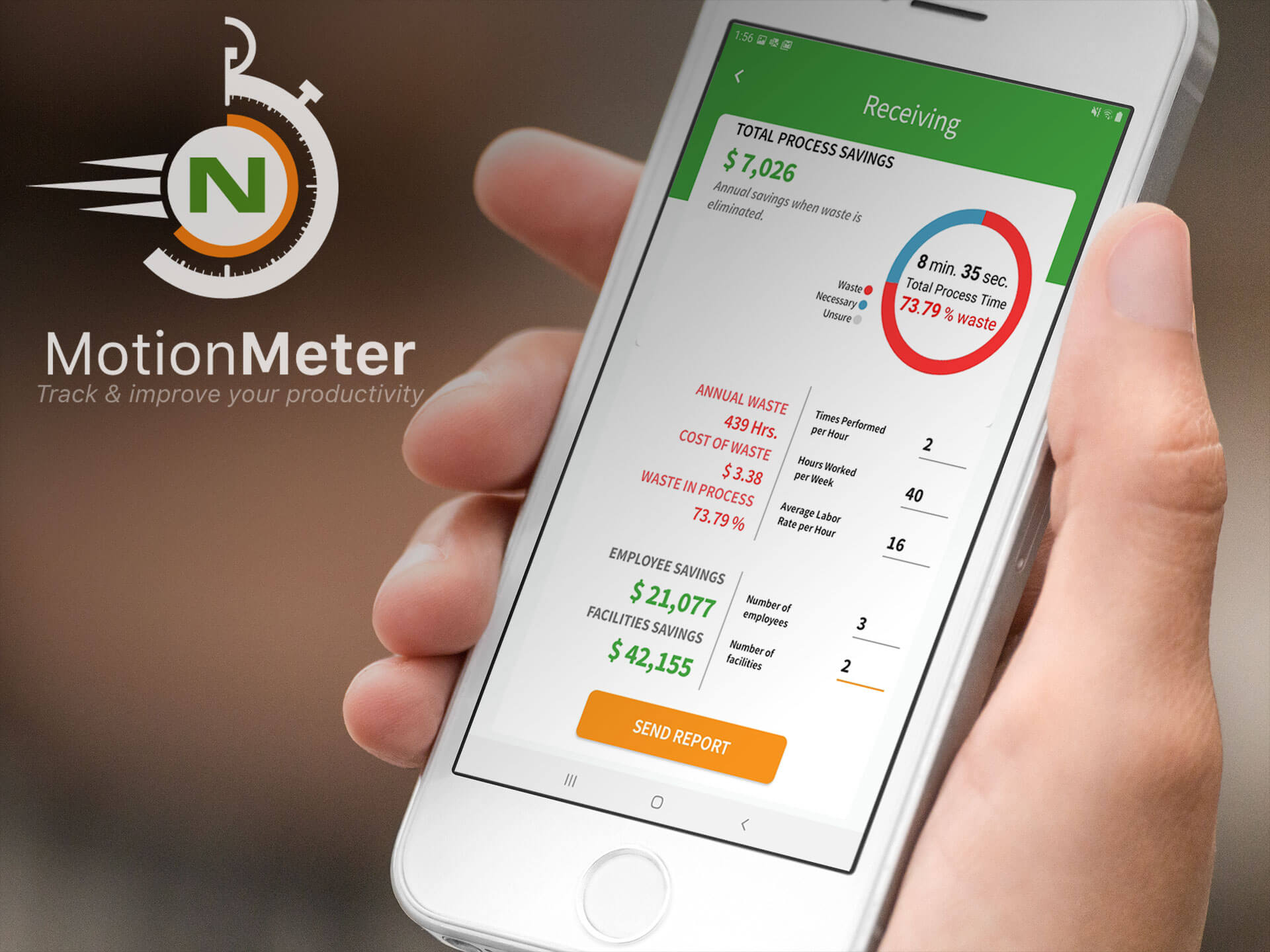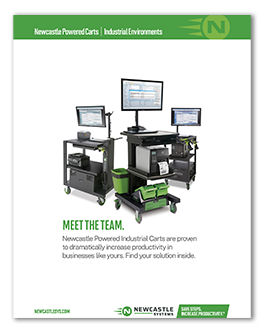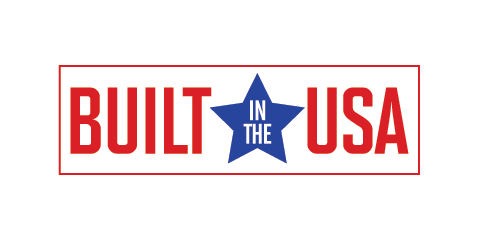
Let’s start with a confession.
It’s not uncommon for many of the experts, aficionados and consulting resources out there - including us – to share our expertise and views about the warehouse industry with somewhat generic language. Almost as if it were some kind of monolithic workplace with few differences in how they are designed, built, work and managed. But today we will be looking to address this oversight and focus on the specifics of running a top-notch distribution center for an industry that drives so much of our economy in the US.
What Makes a Warehouse a “Retail Warehouse”?
When looking at what constitutes a “retail warehouse”, it pays to remember that over the last thirty years of digitization of commerce, nearly everyone is now a “retailer” to some degree. Any shop or small business can go online and in a day or two create a full-fledged eCommerce offering without adding any staff or new warehouse space simply by utilizing any of the competent 3rd party fulfillment operations. Our focus will be on three examples of more traditional retail warehouses: The retail-only warehouse, the eCommerce warehouse and the hybrid of the two.
Foundational Aspects of the Retail Warehouse
There are a number of aspects of a well-run and efficient retail warehouse operation that SHOULD apply uniformly across any version you may be managing:
1. The DC Delivers on Your Promises – More than any other industry, the Retail warehouse owns the first impression the customer will get when receiving their orders at home. While a DC can not fully account for what happens to a package en route, it is responsible for packaging it in a way that ensures it gets there in the condition promised.
Process Areas Impacted: Picking, Sorting, Packing, Shipping
2. Inventory Accuracy – Accuracy matters everywhere, but the impact for sloppiness in Retail has repercussions that are greater than most. When customers go online or call to order, they can only order items that you currently have in stock or know are coming in shortly. If your counts are correct, or if you have items not in the right location, there is a ripple effect on multiple customers.
 Your eCommerce or order-taking systems should be able to provide availability information that is calculated using most, if not ALL of the following types of “Counts”:
Your eCommerce or order-taking systems should be able to provide availability information that is calculated using most, if not ALL of the following types of “Counts”:
-
- Backordered Quantity – Ideally with expected arrival date which can be referenced as a cutoff for what is deemed “Available”.
- On Hand – the total quantity of the items IN the warehouse itself. This is almost by rule larger than the quantity available for sale. It would include those being shipped that day, but which have not yet left the shipping dock.
- Committed – of the items in the warehouse AND those not yet arriving (Backordered), the quantity that is committed to a customer order already.
- In Process – committed items not yet fully processed and shipped from the warehouse. They may have already been picked and still in a picking cart, in sorting, in packing or on the Receiving dock awaiting shipment.
- In Returns – Items returned that have been inspected and will be returned to Active Inventory.
- In Receiving/Q&A – Items received or in inspection, but not yet made “Available” as they are not yet in Picking or Replenishment
- Available – the total number of items Available for customers to order.
All of these digital “counters” you may or may not keep in your inventory/retail system can then work together as an accurate formula to provide online customers or phone reps with the most accurate count possible:
AVAILABLE = (On Hand + Backordered+Returned+Receiving/Q&A) – (Committed+In Process)
Process Areas Impacted: Customer-Facing Operations, IT, Picking
3. Layout and Organization – Finally, the third foundational aspect of a highly-effective retail warehouse operations happens well before you receive your first truck of merchandise. It’s critical to design both a process, and a picking area that is optimal for the business you are in. Variables that will determine HOW you design your process and workspace include:
-
 So your items trend small, large, odd-shaped, or a mix of everything?
So your items trend small, large, odd-shaped, or a mix of everything?- Do you sell high-SKU products like clothing (where color and size variants could create dozens of SKUs for the same item)?
- Are there high-value items in your inventory (like jewelry, etc.)?
- Other variables include if items are in packaging that is ready to ship, items that are fragile, or “sensitive” (meaning personal requiring discretion), etc.
This is the HARDEST part of warehouse layout and process design. It is why when you visit various warehouses across the retail spectrum you will rarely see the same picking process twice – different layouts, different carts, different devices, different KPI and differing kinds of automation.
Process Areas Impacted: Picking, Replenishment
Getting these three aspects of the Retail Warehouse Operations right, means you’ll be in a good place to address most of the day-to-day and seasonal challenges common in retailing – even if you may not be “world-class” in other areas of the business. Why? All THREE areas above relate directly and indirectly to your Picking process, which for Retail Warehouse Operations usually account for 50% or more of the staffing in your warehouse. It has the most impact on the customer, AND the most impact on your cost profile.
Key Differences in The Variants
There are versions of the Retail Warehouse which will present different challenges to operations management than the standard “Direct to Customer Only” model we’ve all become accustomed to as customers:
1. Brick & Mortar Retail DC
 On the surface, a model not as complex as the direct-to-customer model. It is tasked with ensuring that traditional Brick-n-Mortar stores are supplied with inventory as it is needed to keep it moving and keep the empty spaces off of shelves. This model has a different set of priorities:
On the surface, a model not as complex as the direct-to-customer model. It is tasked with ensuring that traditional Brick-n-Mortar stores are supplied with inventory as it is needed to keep it moving and keep the empty spaces off of shelves. This model has a different set of priorities:
- More about shipping cases on pallets, or items in bins (which can be returned and
- recycled for future trips)
- Timing - often set to ship – or be received in-store - on a specific day or days of the week.
- No traditional “packing” area or process with the need for a multitude of cartons/bags, tape, labels, etc.
- Often have their own fleets that move between DCs and Retail locations
While this on the surface may appear to be a simpler model, it has the same potential to disrupt the customer experience if any of the foundational items above are not being managed efficiently.
2. The Hybrid Retail DC
Finally, what happens when you have a facility that supplies both the brick and mortar locations AND ships individual orders to eCommerce customers? This type of operation may contain all of the above items mentioned in the Ecommerce fulfillment model AND the Retail Store Fulfillment model – and more. Challenges that need to be mastered in this space are unique:
- Does inventory get allocated to stores or customers first?
- Is inventory stored and accessed in the same racks and shelves for each destination, or do they get separated (and are they tracked separately)?
- While the inventory may be received together from the manufacturers, are there ways to leverage the fleet to reduce total shipping charges to customers?
This is another model where there is not going to be a single model that works for everyone. Some national retailers with enough space may just find it easier and more efficient to operate the direct ship and retail supply operations completely separately, with the direct ship facility serviced by a nearby DC like it was another retail store requiring regular replenishment.
Retail - Where the Four Walls Come Down First
While we don’t see the whole world becoming like IKEA (imagine all the extra walking and assembly you’d face if your local DIY store and Clothing Store went in that direction), the lines between the back and front end of retail are thinning, and blending. While it does not mean that one day you will see a giant 30 ft warehouse with racking and forklifts at the end of your retail aisles, the proximity is one resulting from speed more than location. One can already see this with the option to pick up things in a store that does not have them, but will in as little as 24 hours because it is either already on its way or can be delivered there (along with other standard replenishment) so quickly.












